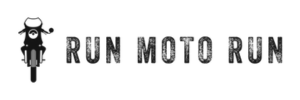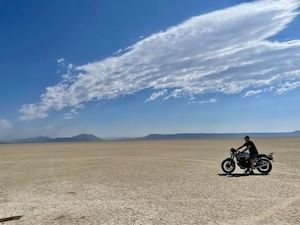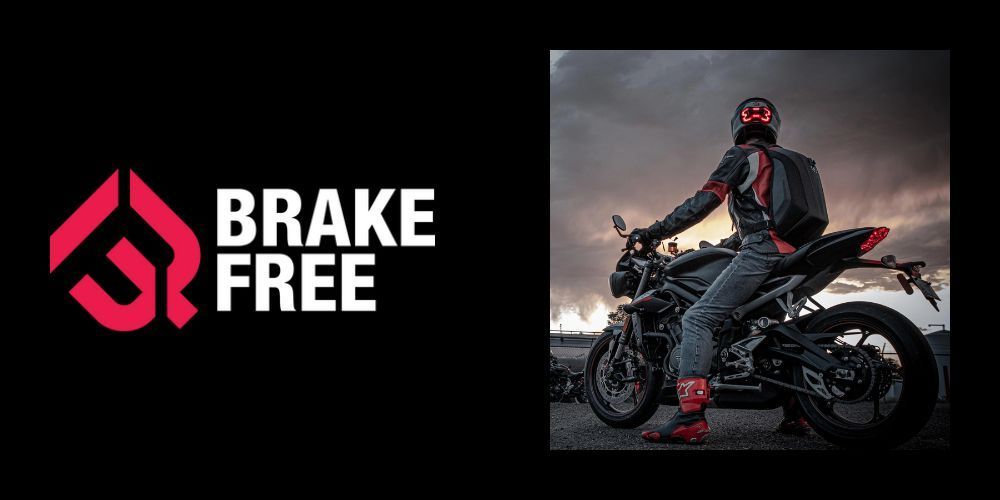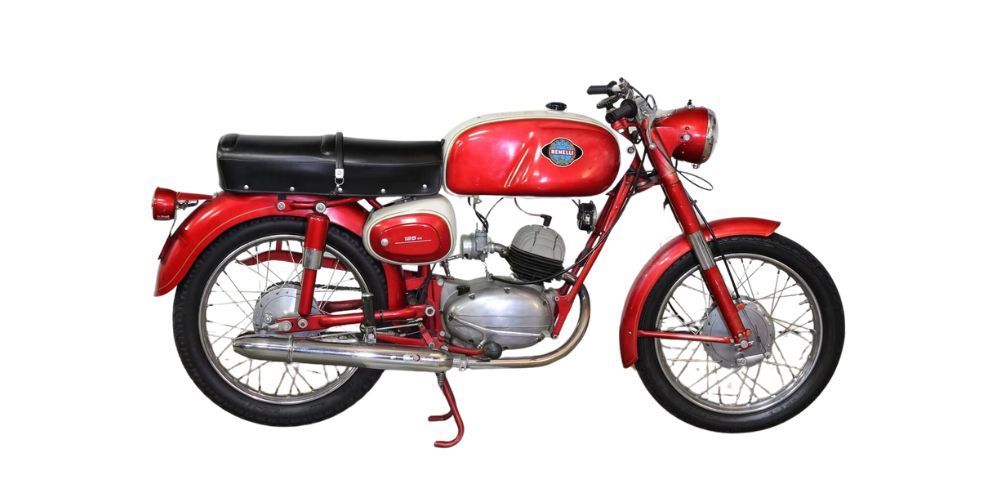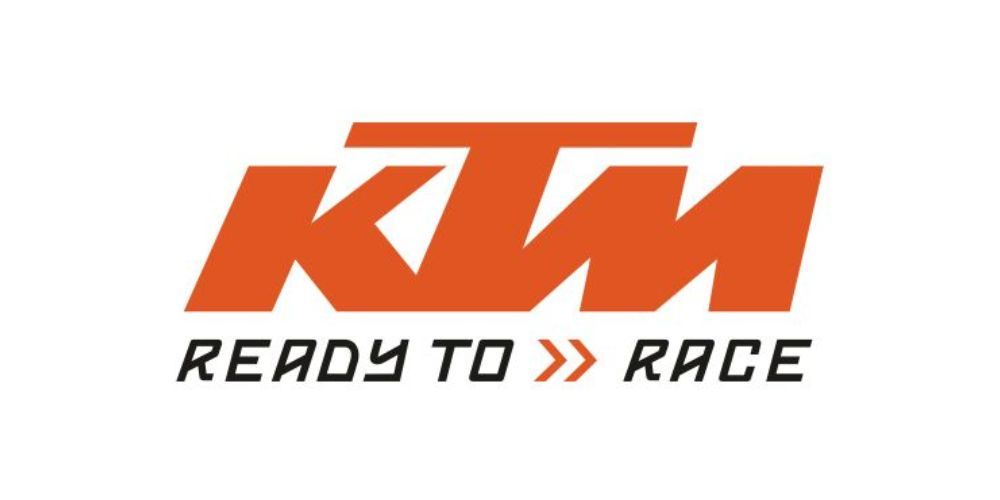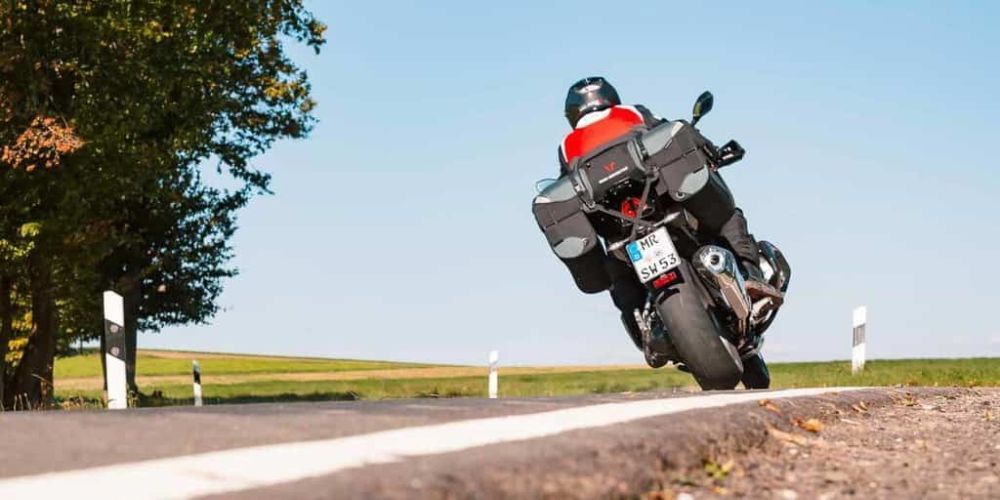What is a cafe racer motorcycle?

Cafe racer motorcycles were popular custom motorcycles in the 1960s and 1970s that have had a modern day resurgence. They are characterized by their minimalistic stripped down design, which includes a small engine and frame, low seat height, and long, low-slung clip-on handlebars, and foot pegs pushed back to lower the riding profile. This makes for a riding profile made for speed and handling.
The café racer is quite close to motorcycles such as choppers or bobbers from the USA used by war veterans after the second World War. They used military motorbikes and removed anything that wasn’t necessary to improve their performances. Other variations include the Brat and Scrambler.
Americans favored speed and lightness. Europeans focused on speed but also handling ability. This is due to the American roads, mainly straight, whereas European roads are more sinuous. Fans of café racers are likely to stop for a coffee, and fans of choppers are more likely to stop for an alcoholic drink.
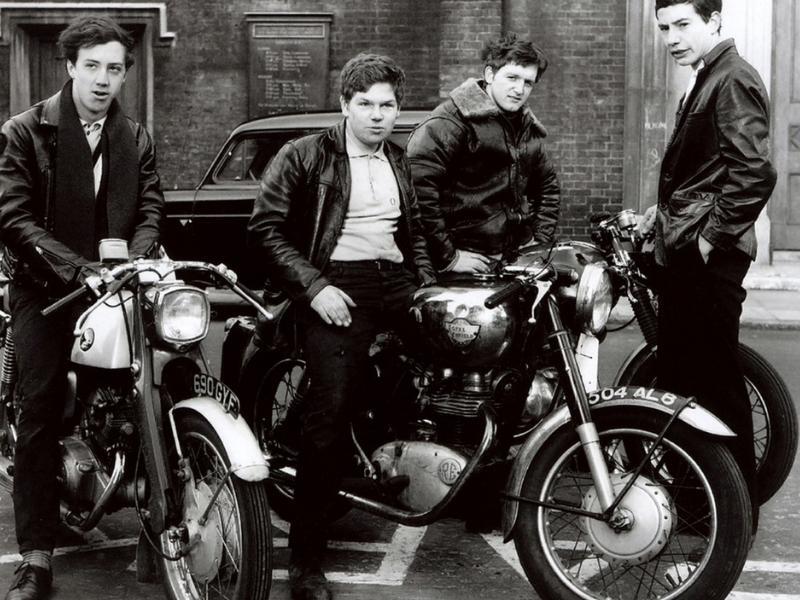
Cafe Racer History
The cafe racer was born in the 1950s when European motorcyclists began to modify their motorcycles to compete in races. The bikes were stripped of heavy components and had their engines tuned for maximum speed.
The words ‘café racer‘ come from the English counterculture of the 60s, particularly from cities like Walford and London. It describes a certain type of custom motorcycle but also a certain style and subculture.
The term "café racer" comes from British slang, meaning "coffee shop racer". The bikes were originally created for use in the competitive racing circuit.
In ‘café racer‘ you find the word ‘race’. In the 60s, a café racer was a plain motorbike used to drive from one café to another along English roads. The goal of a café racer was to make the round trip between both cafés before the end of a song played on the juke box. The loser would offer the next round, of cafés of course.
To improve the performances of the bike, you had to strip it from all accessories. They would use a single seat and put a right handlebar directly on the fork to make it easier to handle and to limit the wind factor. Although not for performance reasons, the fuel tank on the bikes was often stripped of paint and left as plain aluminum, more due a shortage of resources than style. All unnecessary weight, fairings, and accessories were removed and the motorbike was prepared to reach the optimal speed. In the 60s, the goal was to reach 100 mph.
Today, the term ‘café racer‘ has become popular and many manufacturers use it to describe a motorbike range. For this new generation of motorbikes, the goal is no longer to improve the performances, the handling ability or the speed but essentially to get this vintage design that you can then customize as you wish.
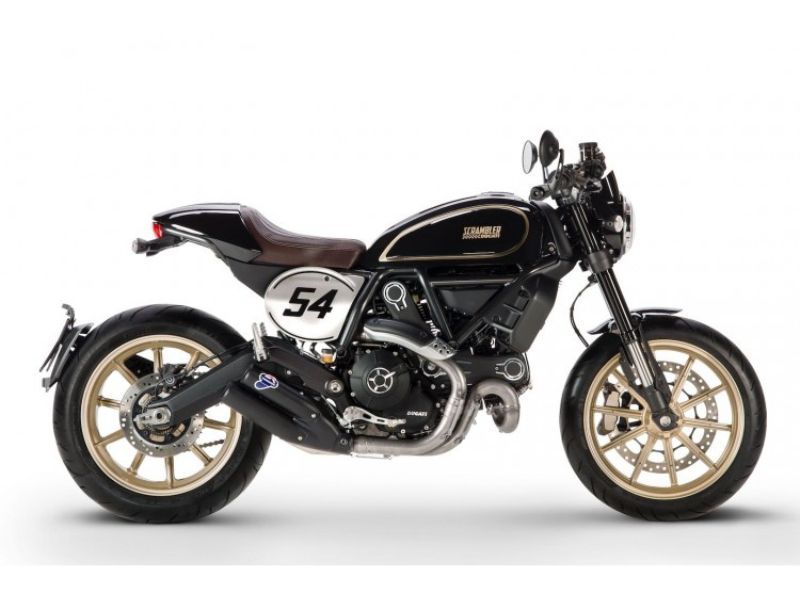
Cafe Racer Style
Café racers are quite light in weight and feature a minimalist appearance along with a highly tuned engine. All these motorbikes have been manufactured such that they are able to allow the rider to lean forward plus tucked in as close to the bike’s body as possible, thus making an aerodynamic as well as a maneuverable machine.
Most of the café riders take pride in producing the custom bikes since it helps to showcase their efficiency as well as ingenuity as expert mechanics. The majority of the riders begin by getting rid of the stock handlebars and swapping them using low-mounted clip-on ones. Nevertheless, the person who is mechanically inclined will go much beyond the fundamental aspects and delve deep into the finer aspects.
Suspension
The riders of the café racer bikes typically add custom suspension. The spring rates as well as dampening are exclusive to the bike as well as its rider. As a result, you ought to look into fresh shocks and a fork kit for optimum speed as well as performance; however, perform your own research and do not think twice while spending.
Weight
Adding lightness is a typical phrase which is used at present in the world of racing which implies the reduction of the weight of the whole bike. A bike which is lighter is going to feature faster pickup as well as speed. There are various means for doing this by swapping the tires, brakes, and rims.
Tires
It will be possible to improve your steering as well as leaning ability quickly by upgrading the tires of the bike. You can minimize the gyroscopic effect by going from a 19” wheel to an 18” wheel and this will provide you with a more agile motorbike which will be able to transition through leans and turns quickly and easily. Furthermore, using aluminum rims instead of steel rims for those 18” wheels will aid in minimizing your bike’s weight significantly.
Brakes
Make it a point to switch out the brakes for allowing smaller and lighter hubs along with superior stopping ability. You might go for fresh pads and braided stainless brake lines or anything original to the bike, whichever gives better results for you.
Modern Cafe Racers
Some of the more modern bikes from manufacturers, largely updated tech on a retro style include:
List of Services
-
Ducati Scrambler Cafe Racer Write a description for this list item and include information that will interest site visitors. For example, you may want to describe a team member's experience, what makes a product special, or a unique service that you offer.
List Item 1 -
Moto Guzzi V7 Racer Write a description for this list item and include information that will interest site visitors. For example, you may want to describe a team member's experience, what makes a product special, or a unique service that you offer.
-
Royal Enfield Continental GT 650 Write a description for this list item and include information that will interest site visitors. For example, you may want to describe a team member's experience, what makes a product special, or a unique service that you offer.
List Item 4 -
Triumph Thruxton RS Write a description for this list item and include information that will interest site visitors. For example, you may want to describe a team member's experience, what makes a product special, or a unique service that you offer.
List Item 2 -
Norton Commando 961 Café Racer Write a description for this list item and include information that will interest site visitors. For example, you may want to describe a team member's experience, what makes a product special, or a unique service that you offer.
-
BMW R nineT Racer Write a description for this list item and include information that will interest site visitors. For example, you may want to describe a team member's experience, what makes a product special, or a unique service that you offer.
Cafe Racer Statistics
- Approximately 76% of motorcycle enthusiasts prefer cafe racers over other types of motorcycles.
- The average top speed of a cafe racer is 120 mph (193 km/h).
- Cafe racers make up around 15% of the total motorcycle market worldwide.
- On average, a cafe racer owner spends $1,500 per year on customization and modifications for their bike.
- In the United States, there are approximately 2,500 cafe racer clubs with a combined membership of 150,000 riders.
- Cafe racers have been found to reduce traffic congestion by up to 12% in urban areas due to their nimble nature.
- Surveys show that cafe racer riders have a 20% higher level of overall satisfaction with their motorcycles compared to other types of riders.
- Over 85% of cafe racer owners participate in at least one motorcycle rally or event each year.
- Café racers contribute an estimated $500 million to the global economy annually through sales and aftermarket services.
- Cafe racers have a lower carbon footprint compared to other motorcycles, emitting approximately 25% less CO2 per mile traveled.
About the Author
William Flaiz, passionate about European motorcycle brands, shares his expertise and stories on RunMotorun.com. He offers detailed insights and reviews, aiming to educate both seasoned enthusiasts and newcomers. Flaiz combines personal experience with thorough research, welcoming visitors to explore the rich world of European motorcycles alongside him.
